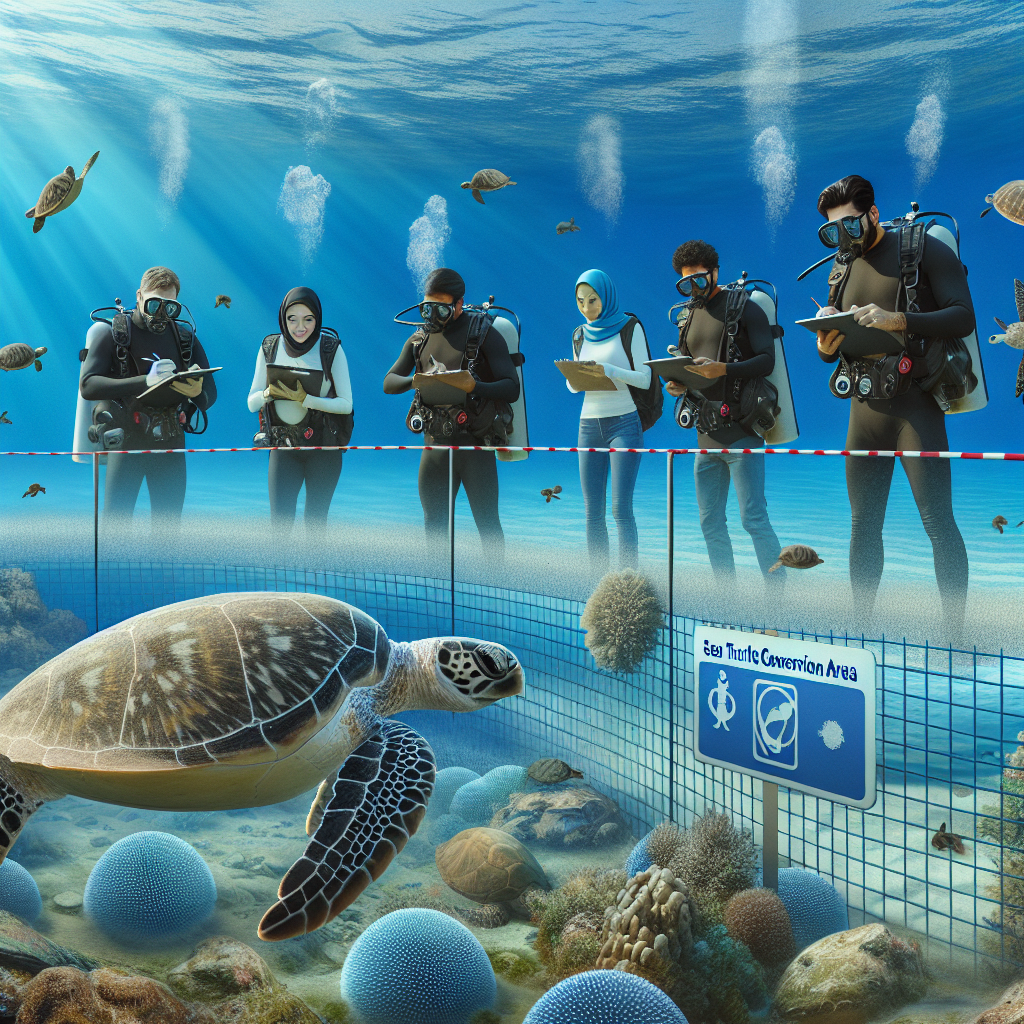Saving Sea Turtles: Combating Climate Change in Malaysia
On a secluded Malaysian beach, volunteers relocates sea turtle eggs to cooler areas to combat the adverse effects of climate change, which is causing a gender imbalance by producing fewer male hatchlings. Researchers at Chagar Hutang Turtle Sanctuary work to lower incubation temperatures, ensuring future hatchlings remain balanced in gender.

On a secluded Malaysian beach, a group of volunteers carefully retrieved newly laid sea turtle eggs in the sand and moved them to a shady, cooler location, in response to fears by researchers that warmer weather is leading to fewer male hatchlings.
The temperature of the developing turtle eggs is what determines sex. Observers at the Chagar Hutang Turtle Sanctuary on Redang Island believe they are already seeing fewer males being hatched due to climate change - with the situation made worse this year by prolonged hot and dry spells caused by the El Niño weather phenomenon. "Sea turtle conservationists were concerned that uncontrolled global warming in the future, in the next 15, 20, 30 years, will be detrimental... because it will feminise sea turtle hatchling populations," Nicholas Tolen, a researcher at University of Malaysia Terengganu said. Moving nests to shadier spots or irrigating them with water has been proven to help lower incubation temperatures, though the success of the sanctuary's program was still being measured.
Such methods were also preferable to artificial incubators, which could disrupt sea turtle hatchlings' understanding of the earth's magnetic field, affecting their orientation and ability to nest, the researchers said.
(This story has not been edited by Devdiscourse staff and is auto-generated from a syndicated feed.)










